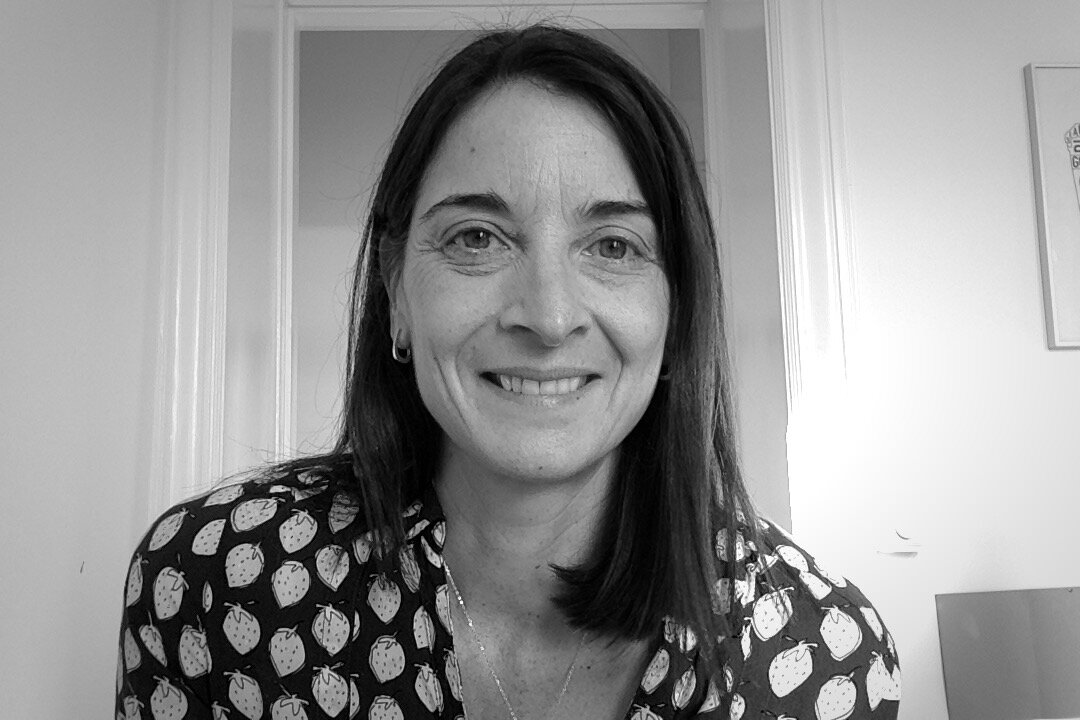Impact: Our study reports on planktonic N2-fixing symbioses that are ubiquitously distributed and considered important to both the N and C cycles, yet our understanding of how the partners acquire (and share) elements necessary for their physiology and growth is still poorly characterised. Using stable isotopically labelled substrates and a high-resolution secondary ion mass spectrometry approach on natural populations treated with and without inhibitors allowed us to trace and quantify the impact of in situ conditions, and in addition, how the metabolic activity changes in the absence of the host. Results showed that the hosts are nearly as important in these partnerships, or symbiosis, as the symbionts. Thus, despite the symbionts ability to fix their own C, they relied on their respective hosts for C. This work expands on earlier and similar recent works that have reported single cell metabolic rates, by applying the single cell measures to a theoretical model to predict the N flux to the surround. We estimated growth rate parameters, cell to cell interactions and metabolic activity in natural populations, which are relevant to other symbiotic systems (i.e., terrestrial, coral reefs).
Read the full article here: https://www.nature.com/articles/s41396-021-01086-7
Collaborators (Names, titles, universities) : Angel White (University of Hawai'i), Martin Whitehouse (NORDSIM, and also AMRI PI), Marcel MMM Kuypers, Daniela Tienken, Sten Littmann (MPI Bremen)
Congratulations to AMRI co-PI Rachel Foster and her collaborators on their newly published article in The ISME Journal


